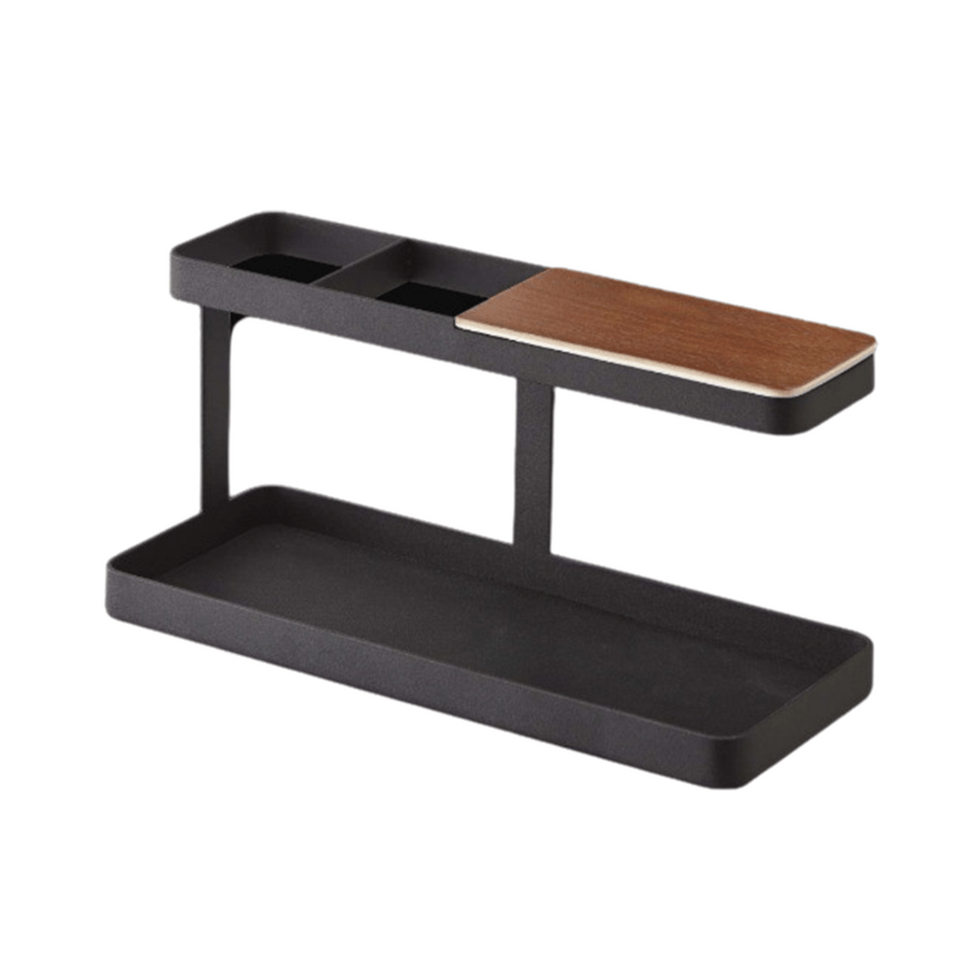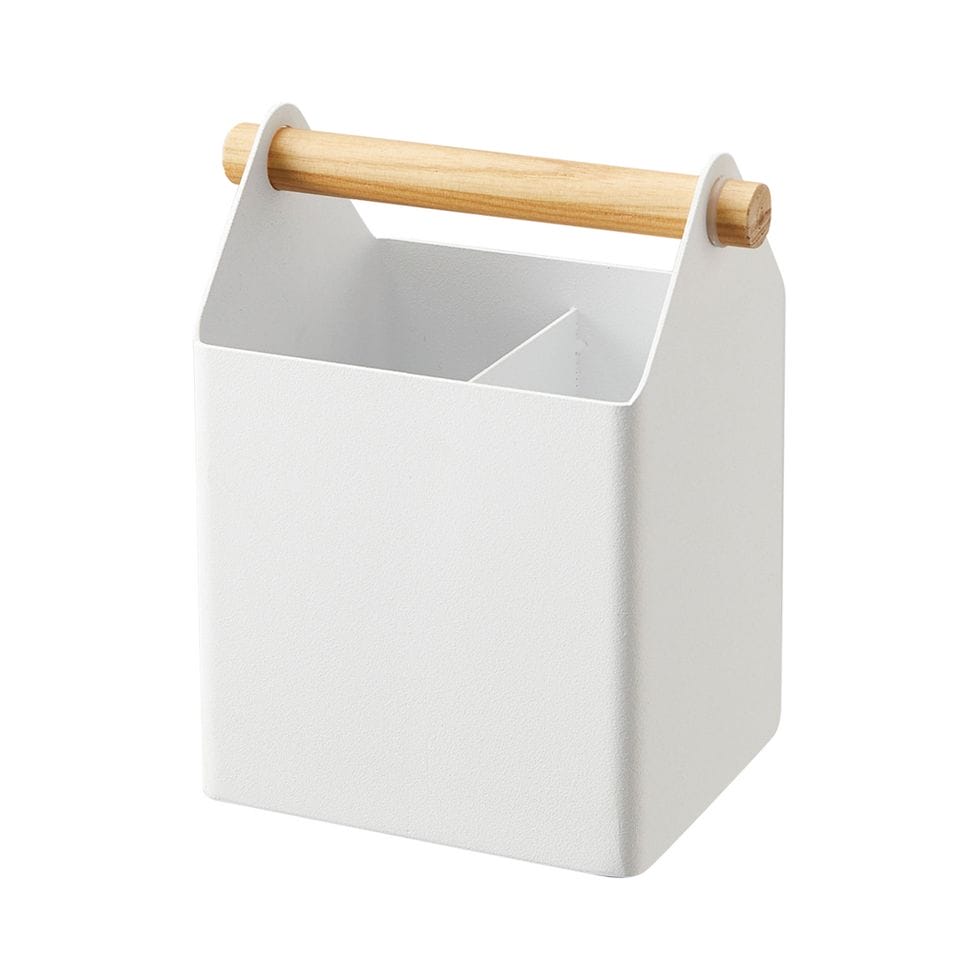How to ask for flexible work hours in the middle of a pandemic—and why you should

This could be a game-changer for working mothers.
Table of Contents
Here are 5 tips to help you negotiate for flexible work options from your employer.
1. Know the type of flex work you are looking for.
There are a number of flexible work options that may help parents better balance all their responsibilities during this unusual time. Before you approach your employer about potential use of a flexible work option, think about which type of flex work is best for your needs and responsibilities. Remote work: Also known as telecommuting or working from home , this option means you may work the same hours as usual but without going into an office. Flexible schedule: This type of flex work gives a worker the ability to shift their work hours depending on the needs of the day. Alternative schedule: This flexible work arrangement denotes a change in schedule with set hours that aren’t necessarily traditional office hours, for example, working 6 am to 3 pm, or 12 pm to 8 pm. Split shift: In this flextime arrangement, some hours are worked earlier in the day and some later. For example, you may work a first shift from 6 am to 10 am, then a second shift from 4 pm to 8 pm, leaving core daytime hours open for parental responsibilities. Part-time: Part-time work means a reduced schedule where you work fewer than 40 hours each week. Compressed work week: While you’ll still clock the same number of hours per week, a compressed workweek shortens the number of days on which you work. A common setup is four days of 10 hours each. If the arrangement is company-wide, the office may be closed completely one day per week. Spread out schedule: Consider this the inverse of the compressed work week—for example, workers could work seven days per week but only for 5-6 hours per day. Freelance: This option allows you to work as a contractor versus as an employee, which may allow for increased flexibility but perhaps at the cost of some of the benefits of full-time employees, such as health care or unemployment insurance.2. Prepare and perfect your written plan.
Schedule a specific time to make your request and present a written proposal to your boss or manager. If you want to work remotely, break down your daily tasks and responsibilities, and clearly explain how each can be performed remotely. Describe your home office so your boss understands you’re serious about your work-from-home arrangements. Come up with a few potential flexible work scenarios to propose, so your manager feels like they’re a part of the process and can make the best choice for the team. Present answers to questions you know will arise, such as how you’ll maintain responsiveness to clients and coworkers.3. Make the business case.
In your proposal, stay focused on specific benefits to the employer and why your particular flexible work arrangement will result in higher productivity from you and make you a better employee. You could also cite stats about broader savings to the company , which appeal to the interests of your manager and their bottom-line concerns versus. focusing on how it will make your life easier. One way to start the conversation is like this: “I’d like to get a good sense of what my flexible work options are right now. The more I’m able to shift my schedule, the better I’ll be able to meet work priorities and stay productive during this time.”4. Suggest a trial.
Offer a trial period for your flexible work arrangement . Specify the length of the trial period, schedule check-ins during the trial period for you and your boss to discuss how it’s going, and set benchmarks for how you will measure success. Reinforce your willingness to be accommodating in your schedule or flexible work plan, such as by switching your hours to attend important meetings when they come up. During the trial period, keep track of any increases in performance and be prepared to report back at the end of the trial period. Along with the positive outcomes, be ready to address any setbacks while providing ways you can improve them or make the issue a non-issue.5. Revisit at a later date.
If your initial request is denied, you could revisit the topic at a later date. Even if you’re unhappy with their decision, make a point of thanking your manager for taking the time to talk to you about your desire for flexibility. You might find a new client, new boss or a new flexible work arrangement appears that will help to solidify your argument and their willingness to participate. If all else fails and you aren’t ready to wait it out, it might be a good time to start searching for a more flexible job. The pandemic has forced companies to see the struggles that face working parents, and caregivers of all kinds. One tried-and-true solution to the work-life crunch is for employers to be more flexible about when, where, and how work gets done. If flex work is a solution that you think could work for you and your family, there’s never been a better time to ask.Stylish touches for your work-from-home space
Home desk organizer
 Create a designated spot for those items that are always floating around your desktop. This simple organizer has a base tray for housing odds and ends, and an arm with compartments for smaller or hanging items.
Create a designated spot for those items that are always floating around your desktop. This simple organizer has a base tray for housing odds and ends, and an arm with compartments for smaller or hanging items.
Modern pen stand
 Warm and minimal, this sleek pen stand makes a great statement on any desk. The wooden crossbar helps keep pens upright.
Warm and minimal, this sleek pen stand makes a great statement on any desk. The wooden crossbar helps keep pens upright.
Screen time hydrating facial mist
 If all that blue light has your skin feeling dry and stressed, this hydrating mist is the pick-me-up you’ve been looking for. With sunflower and marigold extract it nourishes and moisturizes to bring the glow without the grease.
If all that blue light has your skin feeling dry and stressed, this hydrating mist is the pick-me-up you’ve been looking for. With sunflower and marigold extract it nourishes and moisturizes to bring the glow without the grease.
Woven desk tray
 Like an inbox, but way more elegant, this woven tray captures stray papers on your desktop while making an elevated style statement.
Like an inbox, but way more elegant, this woven tray captures stray papers on your desktop while making an elevated style statement.


































